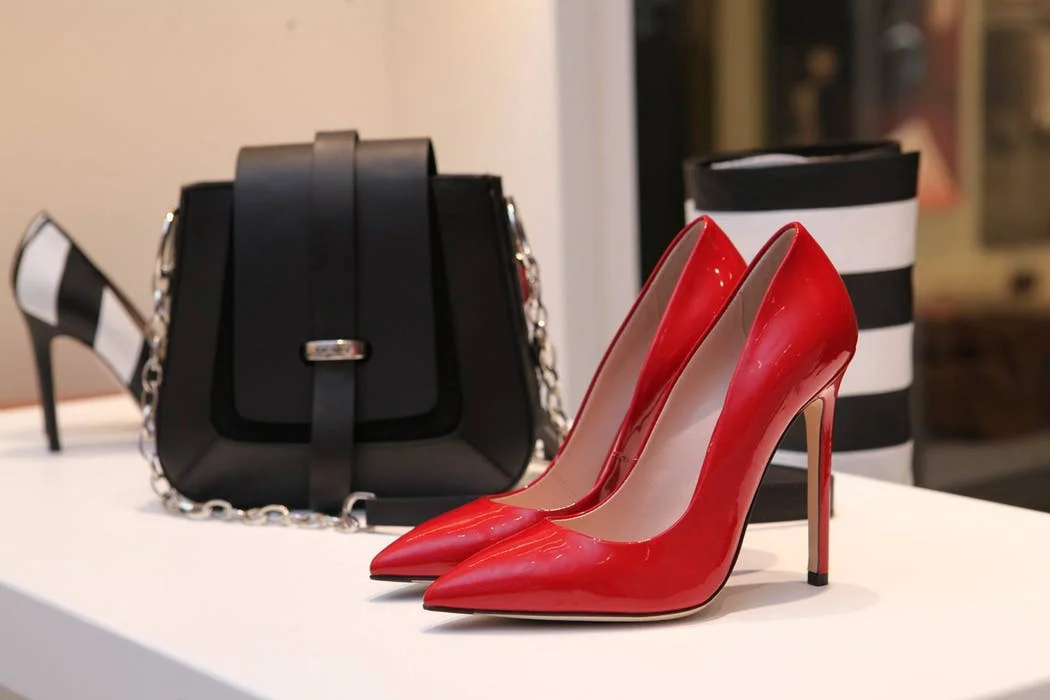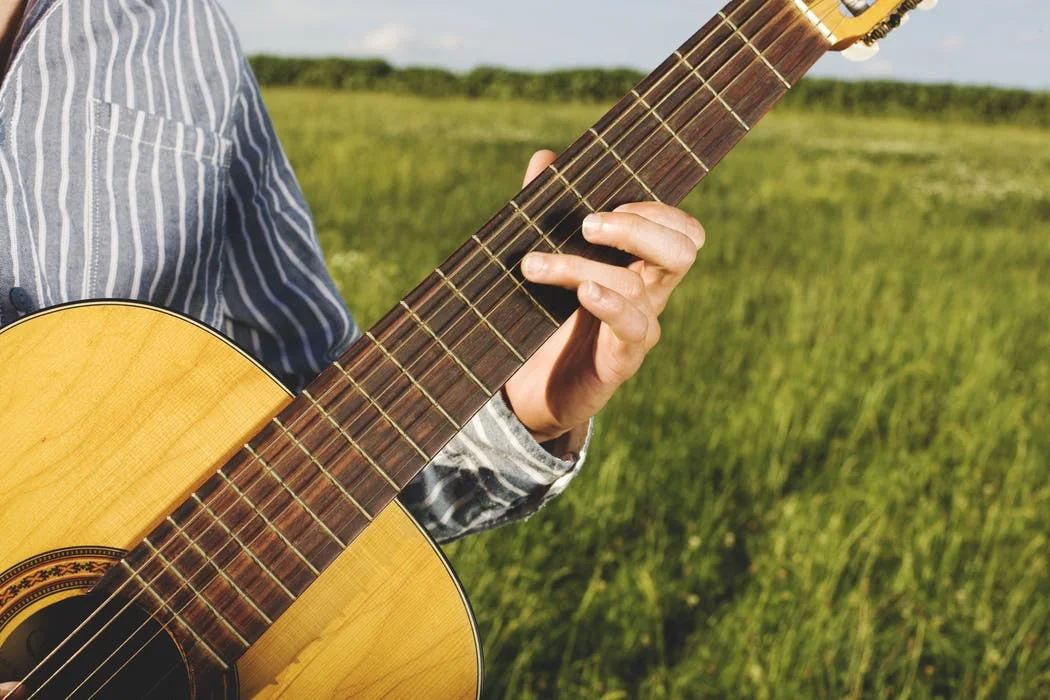Shoe Envy
Substitute the word “shoe” for “penis” in the following definition:
: the supposed coveting of the penis by a young human female which is held in Freudian psychoanalytic theory to lead to feelings of inferiority and defensive or compensatory behavior.
It was a long, painful road to the feelings of inferiority and defensive or compensatory behavior, but they were very real feelings and behaviors.
The obsession with shoes started after my left foot and ankle became paralyzed 19 years ago. I had a cerebral hemorrhage when I was 35 that rendered the entire left side of my body immobile. I have recovered some movement in much of my body with the exception of my foot that has stubbornly remained perfectly still.
I was an athlete of sorts before I became injured. I was on my high school gymnastics team, a trained dancer, an ice skater, hiker, cyclist and skier. I liked shoes as much as the next girl and had a small “collection”. I wore sneakers, boots, sandals, flats, clogs, stiletto heels (on occasion), wedge heels, “platforms”,slides or any style that struck my fancy.
The orthotists fitted me with a molded ankle foot orthosis (MAFO) when my left foot would no longer obey my command to flex when moving through the foot lift stage of taking a step. My foot became a tripping hazard. The hard plastic MAFO ran down the back of my lower leg, behind my ankle and under my foot, and held my foot up in a right angle position so I wouldn’t trip on it as it passed through the swing phase of walking. The plastic molded around the bottom of my foot and was strapped around the top of my calf.
This “brace” needed to fit into my shoes, limiting my choices of footwear. The loss of fine motor skills in my left hand played a part in keeping me out of shoes with laces. Suddenly, all of my shoes were of no use.
Shopping for new footwear that would accommodate my brace was a challenge. Only wide width shoes with a velcro closure worked. Sexy.
I bought sneakers in a few colors as I found brands that worked. They were always unattractive old lady shoes, and I was still young.
I developed a case of “shoe envy” as I had to wear flat, ugly shoes. I watched women in high heels clacking along effortlessly or flip flopping by and was struck by the feeling being similar to what I had read about “penis envy”, only shoes were the object of my envy.
I gave away all of my old shoes to my sister in law. This was another painful loss added to a seemingly endless list of things the hemorrhage stole from me.
Shoe shopping bacame something like a new sport. The challenge was to find shoes that worked with the brace and weren’t awfully ugly. I became a VIP shopper on Zappos.com, enjoying free overnight shipping and free returns.
When my sister had a patient in the dental chair where she worked as a dental assistant who had had a stroke they got to talking about footwear and “drop foot” as the condition is called. The woman had a sleeker type of brace that did not have the bulky plastic molded component that needed to fit in her shoes. It was simply a metal flat spring that bent under a small plastic piece that ran beneath her foot and was quite effective at lifting her foot. This device was known as an ankle foot orthosis or AFO.
When I replaced my MAFO with an AFO, it was as if a new fashion line became available to me since it was much easier to fit this device into shoes. It wasn’t as visible and unattractive as the MAFO was. My shoe collection grew again. I added some nice looking boots at this point because the AFO was so much easier to fit into them.
Not having strength in my ankle or foot was the major cause of my abnormal gait where I would circumduct my foot in an arc and hike my hip in order for my foot to clear the floor as it passed through the swing phase of taking a step. Leg weakness and arm spasticity also contributed to my maladapted way of walking.
I envied other’s effortless gait that went along with their sexy, stylish shoes. Constantly trying different shoes was also an ongoing experiment in trying to walk better. “Maybe I can walk in these”. The shoes never cured the damage to my central nervous system so I continued to limp and buy new shoes.
I wore the orthopedic solutions to my drop foot from 1999 until 2005 when I learned about a device on the internet that would provide the electrical impulse that was missing from my nervous system that was needed to flex my foot when I walked. I tested it out at a prosthetic and orthotics clinic and was amazed to feel my foot work properly again. It was called a Walk Aide and was $5,000.00. Insurance didn’t cover it. It was absolutely worth every penny to get my foot moving again. Timed walking tests in the clinic proved that I could walk 25% faster with the Walk Aide vs. the AFO. The new device stiumulated the nerve that activated the muscle that flexed my foot which lead to a more normal walking pattern.
I think the most exciting part of using the Walk Aide was that there weren’t any parts that needed to fit into my shoe, making any footwear an option as long as I had the strength to stand in it. Attractive sandals were the biggest improvement along with more styles of boots. I still missed high heels even though I knew they are not good for us. Flip flops and other styles that didn’t have the back of the shoe strapped to my foot were still out of the question, too, since I didn’t have the toe strength to keep them on as I walked. The old adage about not knowing what we have until it’s gone applies here. I seriously missed the ease of popping my feet into a pair of flip flops or clogs and getting on my way.
My shoe collection has outgrown my ability to store them neatly in my closet. I have gradually gotten used to the fact that I can’t wear high heels. Times when I look at a passing woman’s high heels with envy are few and far between.
I try to keep my focus on the fact that I can walk at all, and have stopped buying shoes with an obsessive fervor having realized that new shoes won’t fix the cause of my injury and maladapted gait.




